
What Are the Common Mistakes When Repointing Brickwork?
Learn the key mistakes made during repointing and how avoiding them can protect your brickwork’s durability and appearance.

Learn the key mistakes made during repointing and how avoiding them can protect your brickwork’s durability and appearance.
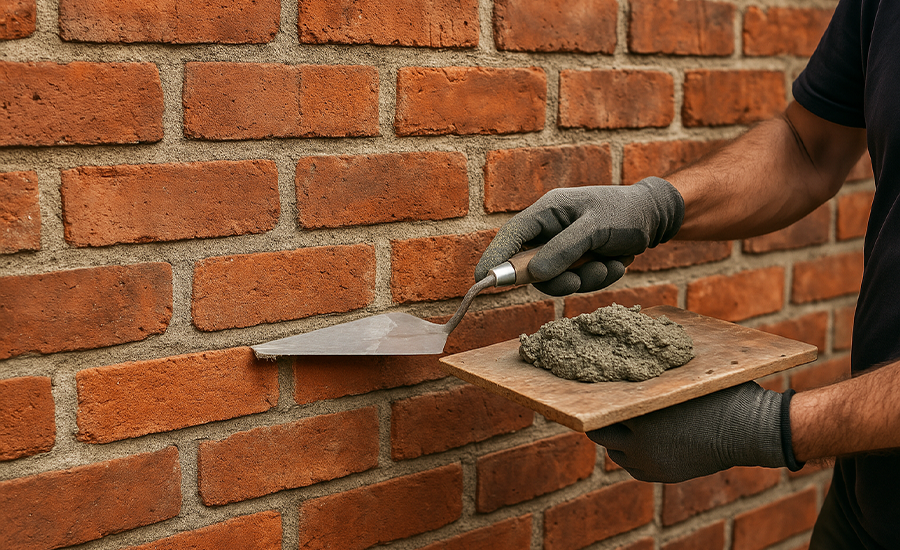
Brick pointing is necessary to protect, restore, and extend your building’s lifespan while maintaining aesthetic and structural value.
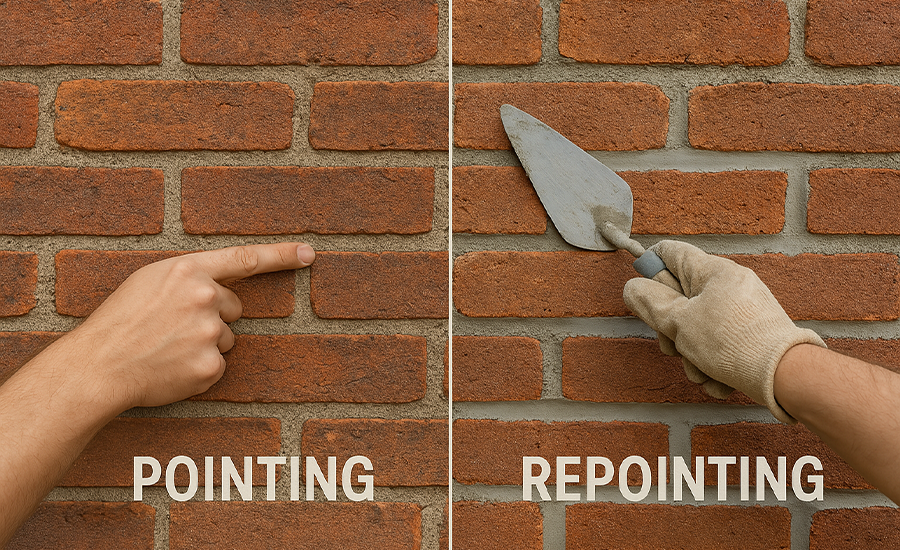
Understand the difference between pointing and repointing and how each method helps maintain your property’s brickwork.

DIY repointing is possible with proper tools and care. But expert help ensures long-lasting results for your brickwork.

Improper repointing can lead to brick damage, water seepage, and costly repairs. Learn common mistakes and how to prevent them in NYC structures.
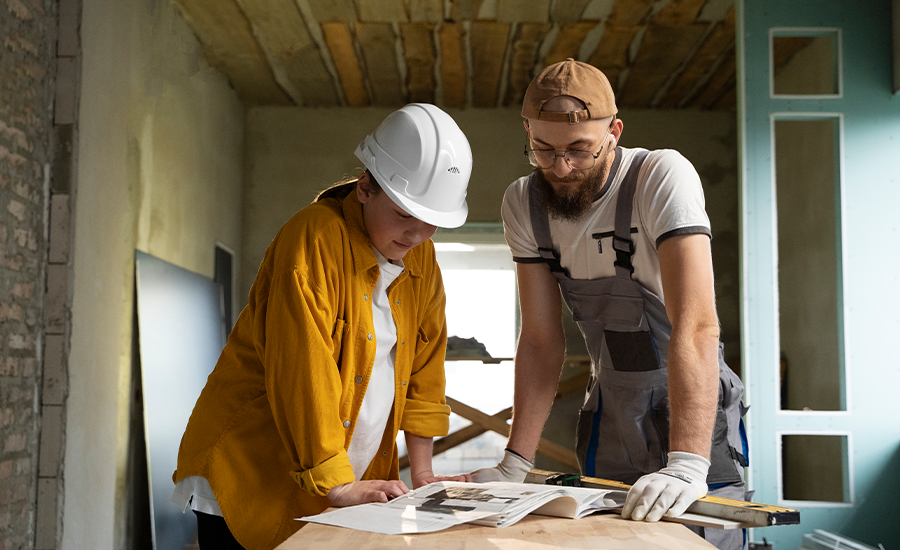
Looking for an affordable brick pointing contractor in NYC? This guide helps you hire skilled pros without compromising quality or budget.

Brick pointing safeguards buildings by utilizing scientific principles like moisture control, thermal response, and weather resistance to enhance durability and resilience.
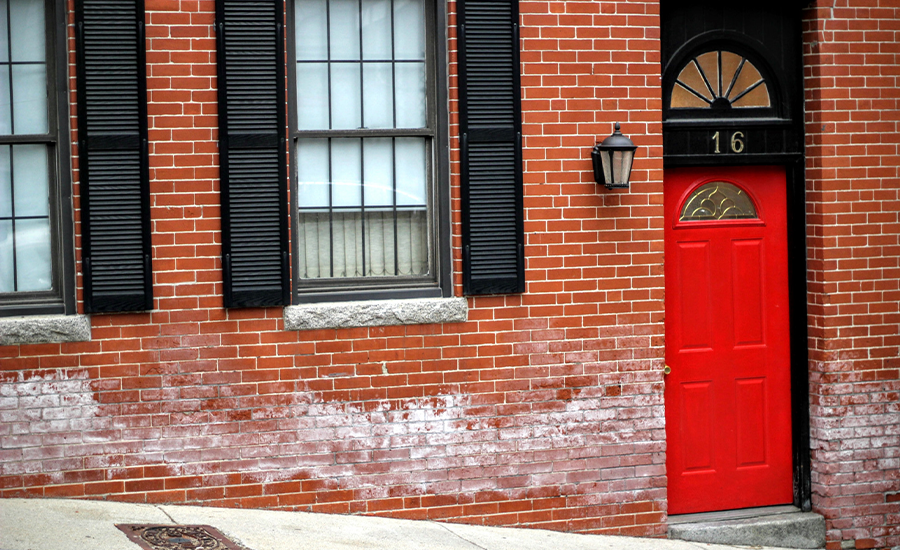
Brick pointing safeguards decorative brickwork patterns by strengthening mortar joints, enhancing stability, and preventing moisture and weather damage.
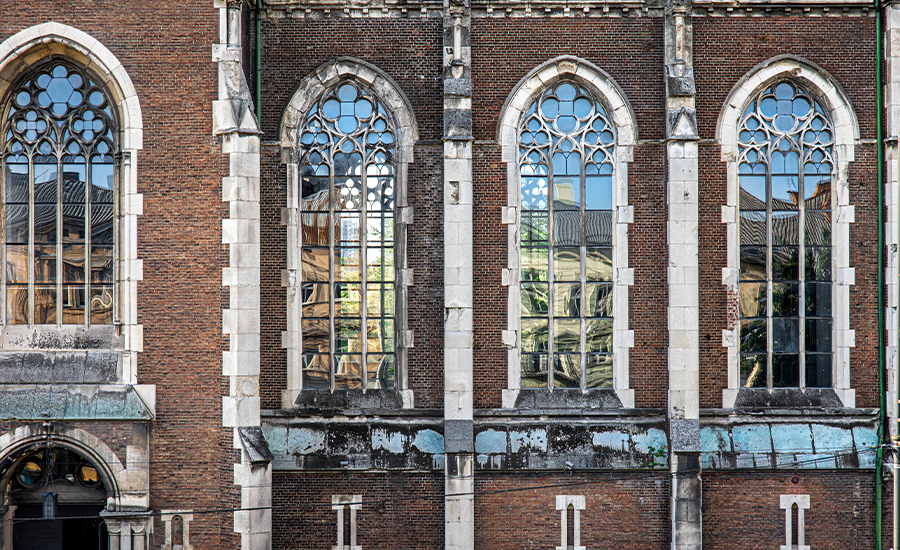
Brick pointing minimizes vibration damage by reinforcing mortar joints, enhancing structural stability, and preventing moisture infiltration in urban buildings.

Brick pointing acts as a protective barrier against pollutants, preserving the integrity of masonry structures and enhancing durability.

Brick pointing plays a critical role in enhancing vertical load distribution, ensuring structural stability and durability for masonry walls.
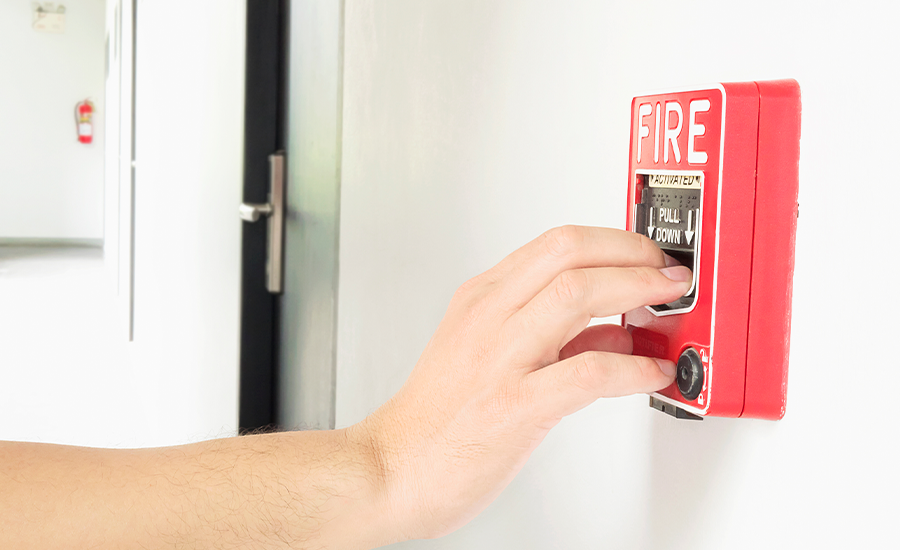
Brick pointing strengthens fire resistance by sealing gaps, enhancing structural integrity, and meeting fire safety standards for improved safety.